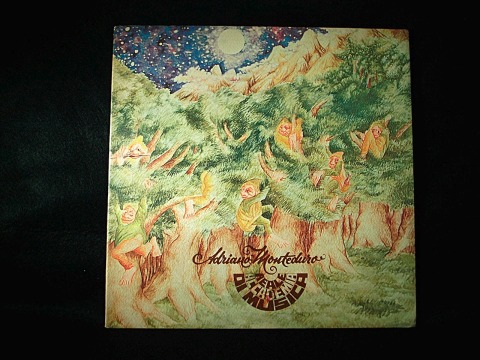This is the first in a series of profiles on records I have received for cleaning and the results.
I’ve known Jeff of PopShop Record Stop on music message boards for years and always known him to be a discerning listener. He had expressed interest in ultrasonic cleaning during one discussion and was one of the first people I offered a trial once I had the Audio Desk Ultrasonic machine. It just so happens that he had recently won an auction for a rare record that was in serious need of help:
“One album I just got is the 1974 RCA WLP of Adriano Monteduro & Reale Accademia Di Musica. The seller overgraded so bad it’s scary. I got it out of Japan and the guy called it M- (A+) when it’s more like G (D+). Just awful. Mold on it and lots of dirt and grime. The record as it is now plays super noisy but there don’t appear to be many scratches, so it’s possible it could be saved. As it happens, this is one of my favorite albums of all time, so I am really disappointed. When you see this LP, the idea that it was graded A+ (M-) will give you a laugh.”
Jeff sent me a needledrop of the record before sending it to me to hear how playback sounded.
Anyone who has bought records online has likely been in this same situation. This was exactly the kind of record I knew would benefit from a combination of Enzymatic VPI and Ultrasonic cleaning. I took some photos* of the record before I first cleaned it:
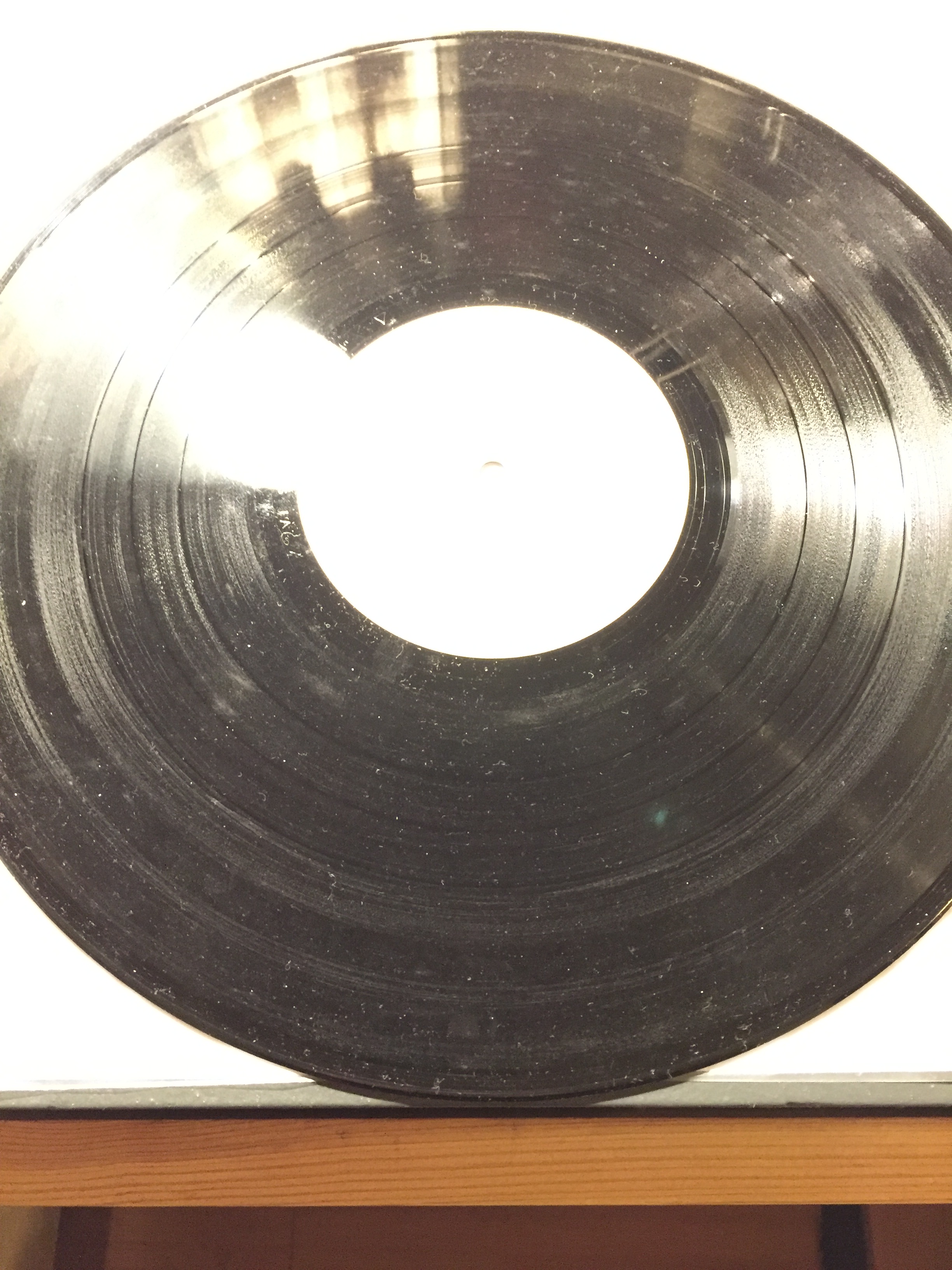 A side before
A side before
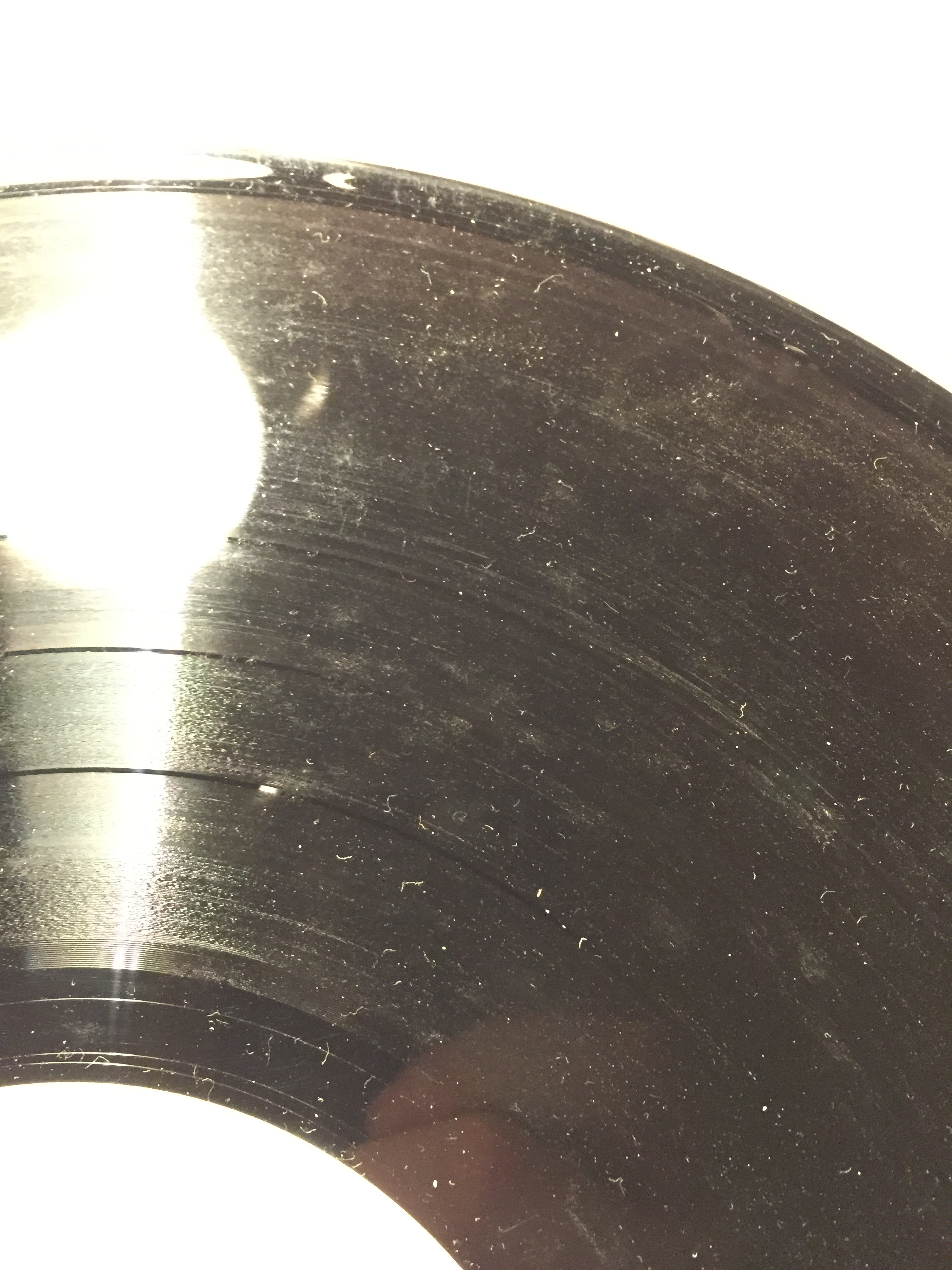 B side before
B side before
VPI Cleaning
As you can see there in addition to a heavy amount of dust there is significant mold on each side of the record. This level of grime required two cleaning passes on the VPI, first with Disc Doctor solution, then Audio Intelligent Enzymatic:
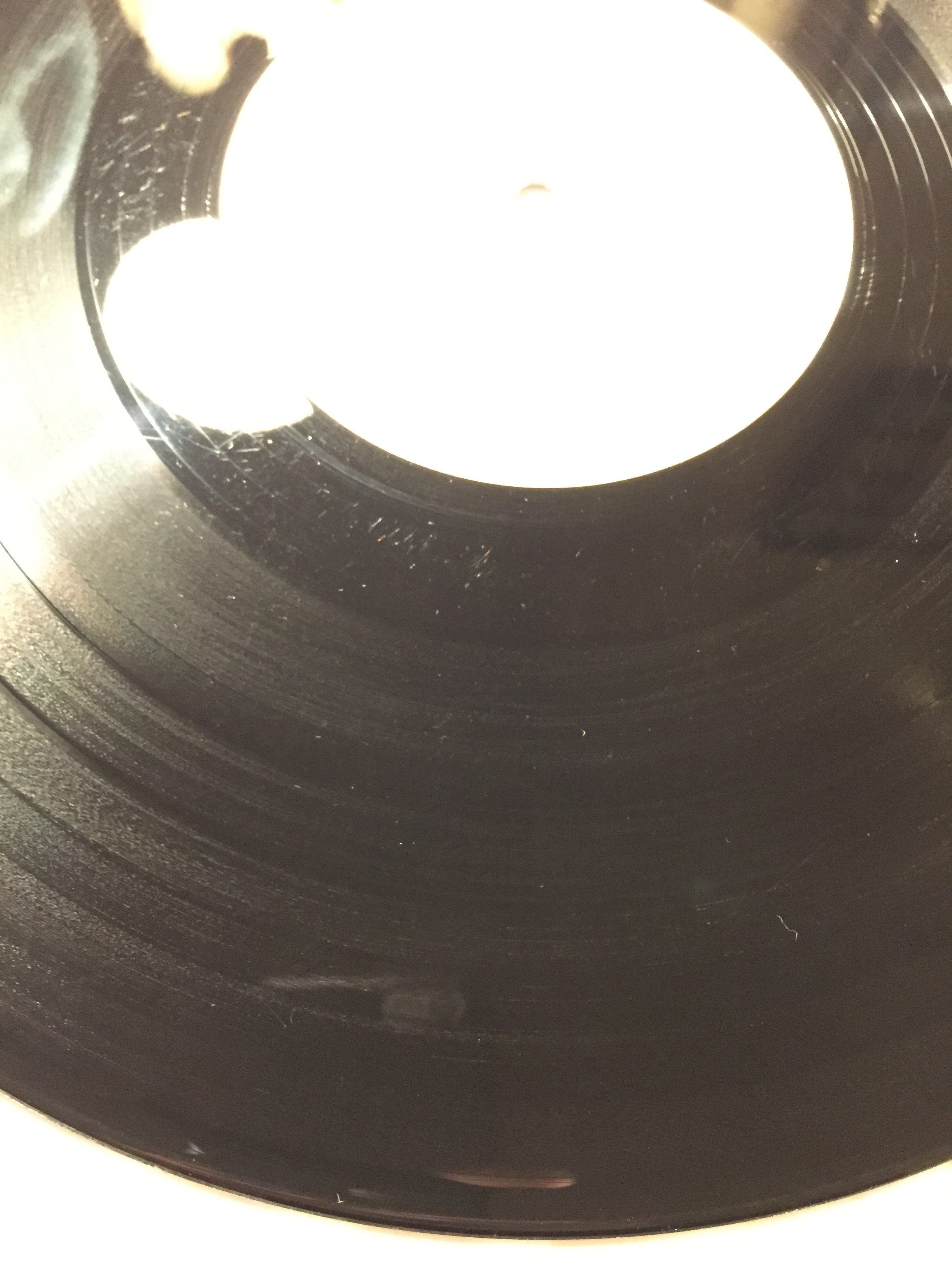 A side after VPI cleaning
A side after VPI cleaning
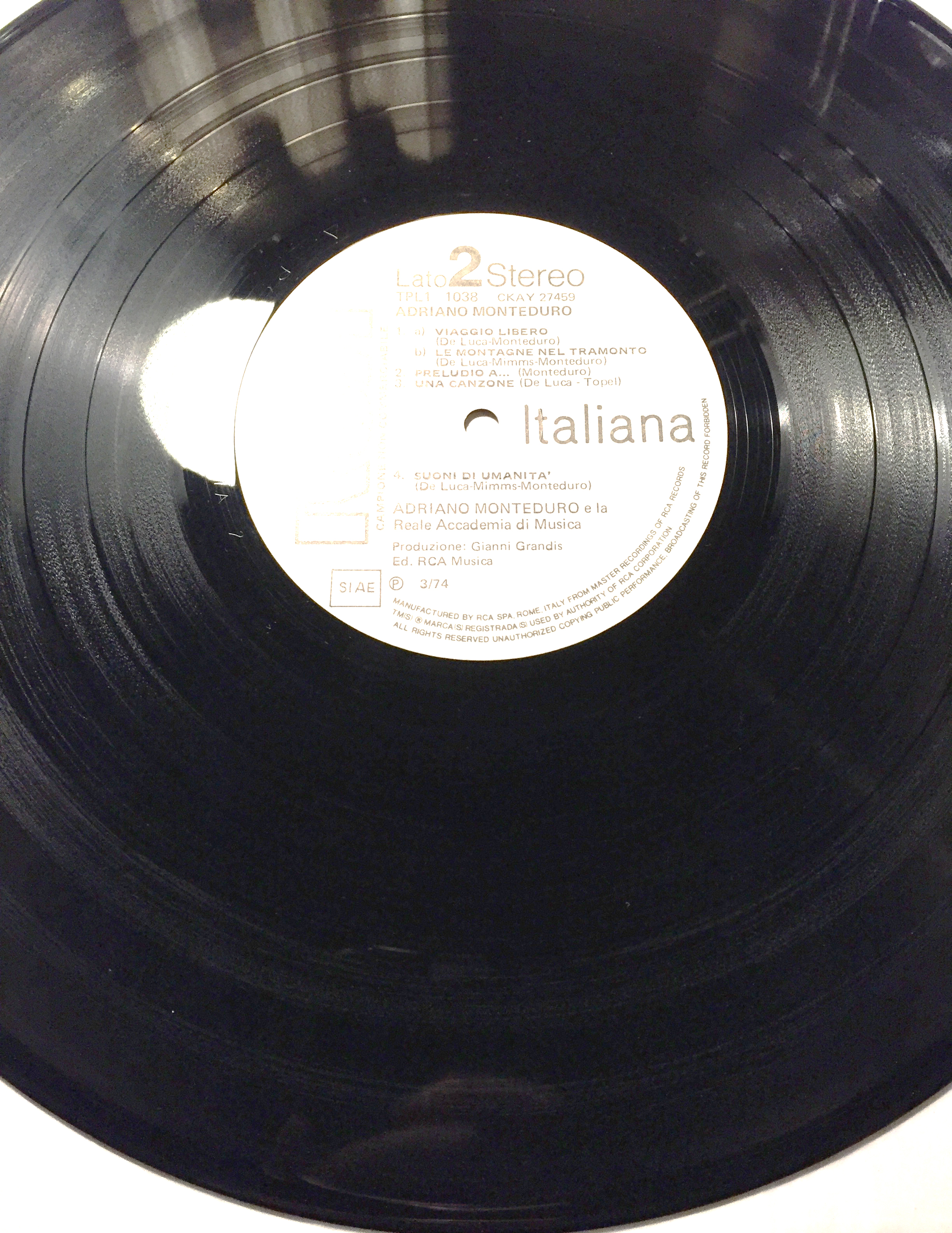 B side after VPI cleaning
B side after VPI cleaning
Ultrasonic cleaning:
From the above shots after VPI cleaning you can see all the mold is gone and the record is much improved in gloss. With this degree of mold and grime an ultrasonic cleaning was imperative to remove the remainder of what might still be in the grooves:
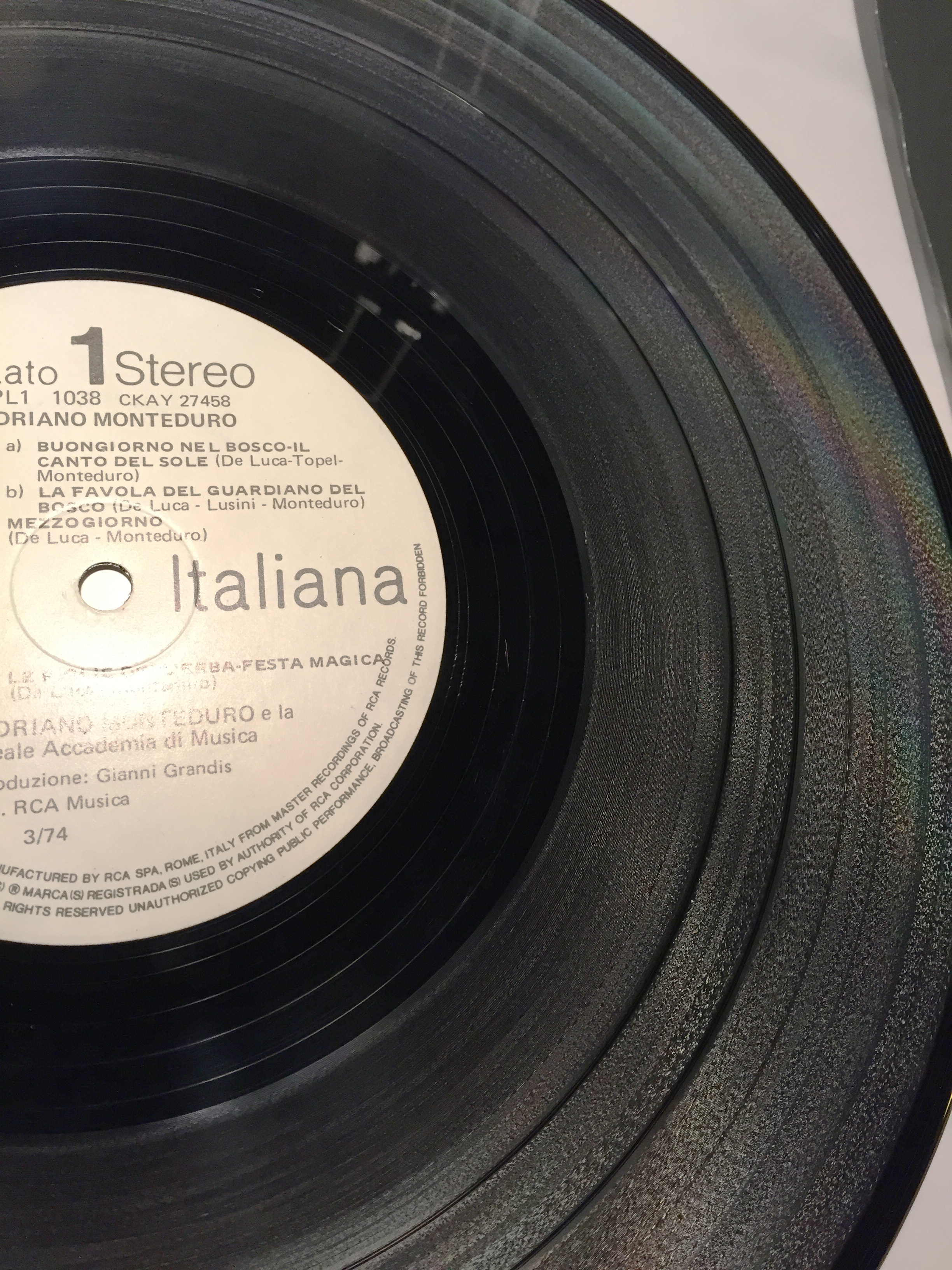
A side after Ultrasonic cleaning
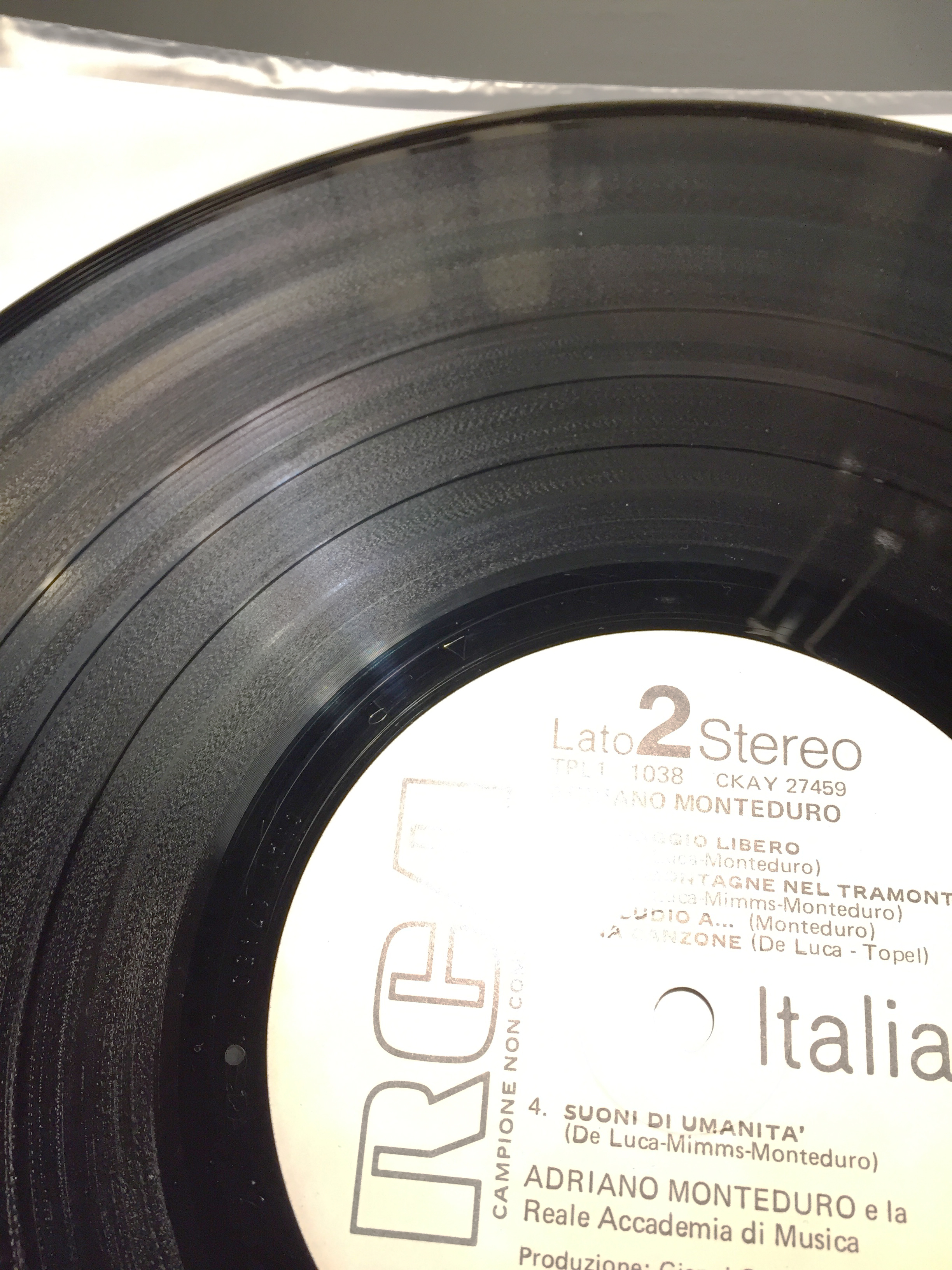
B side after Ultrasonic cleaning
Ultrasonic cleaning in the Audio Desk machine removed the last traces of grime and brought out the full gloss of the record even further, as you can see from the rainbow sheen.
Full before and after comparisons:
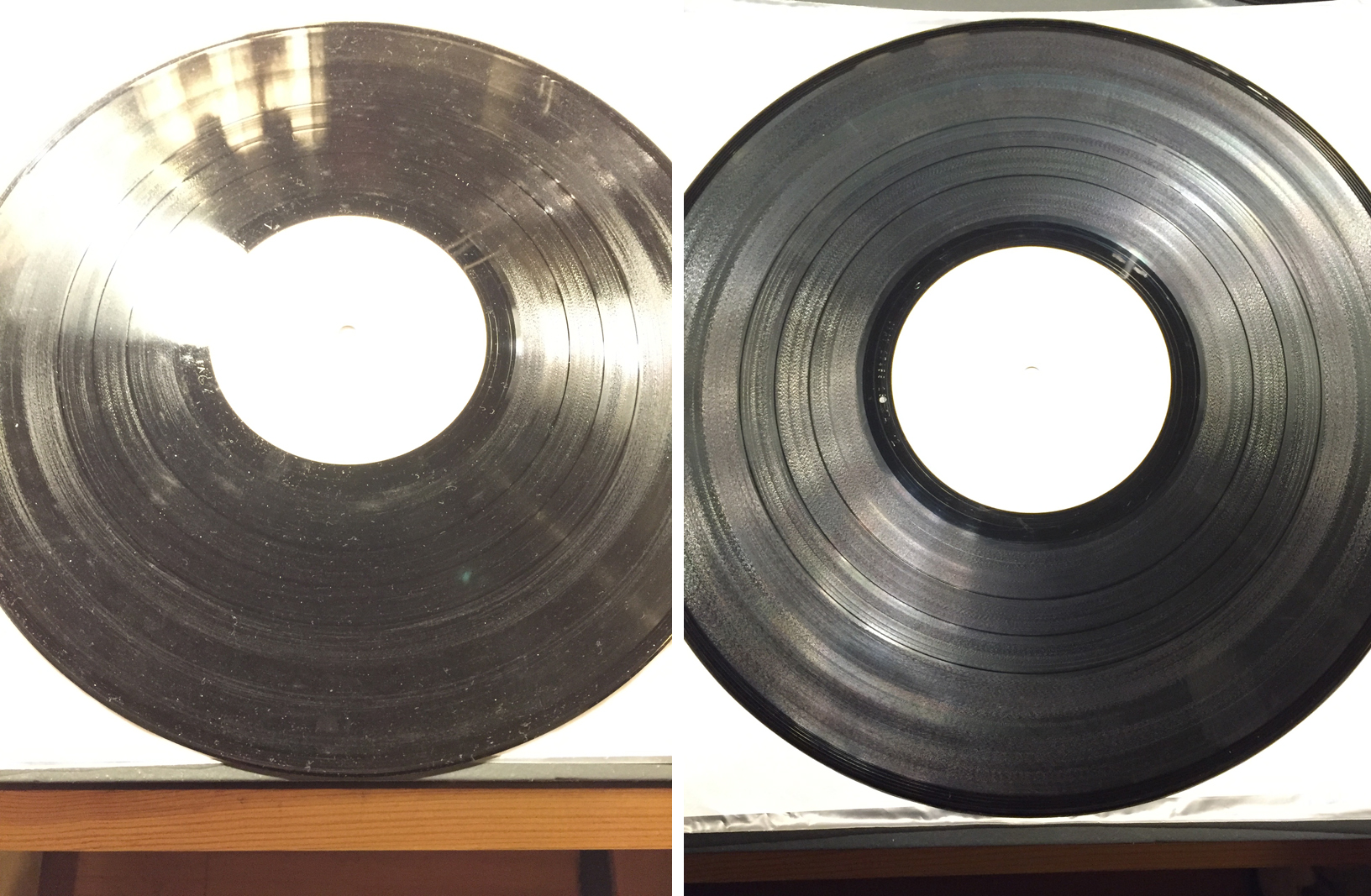
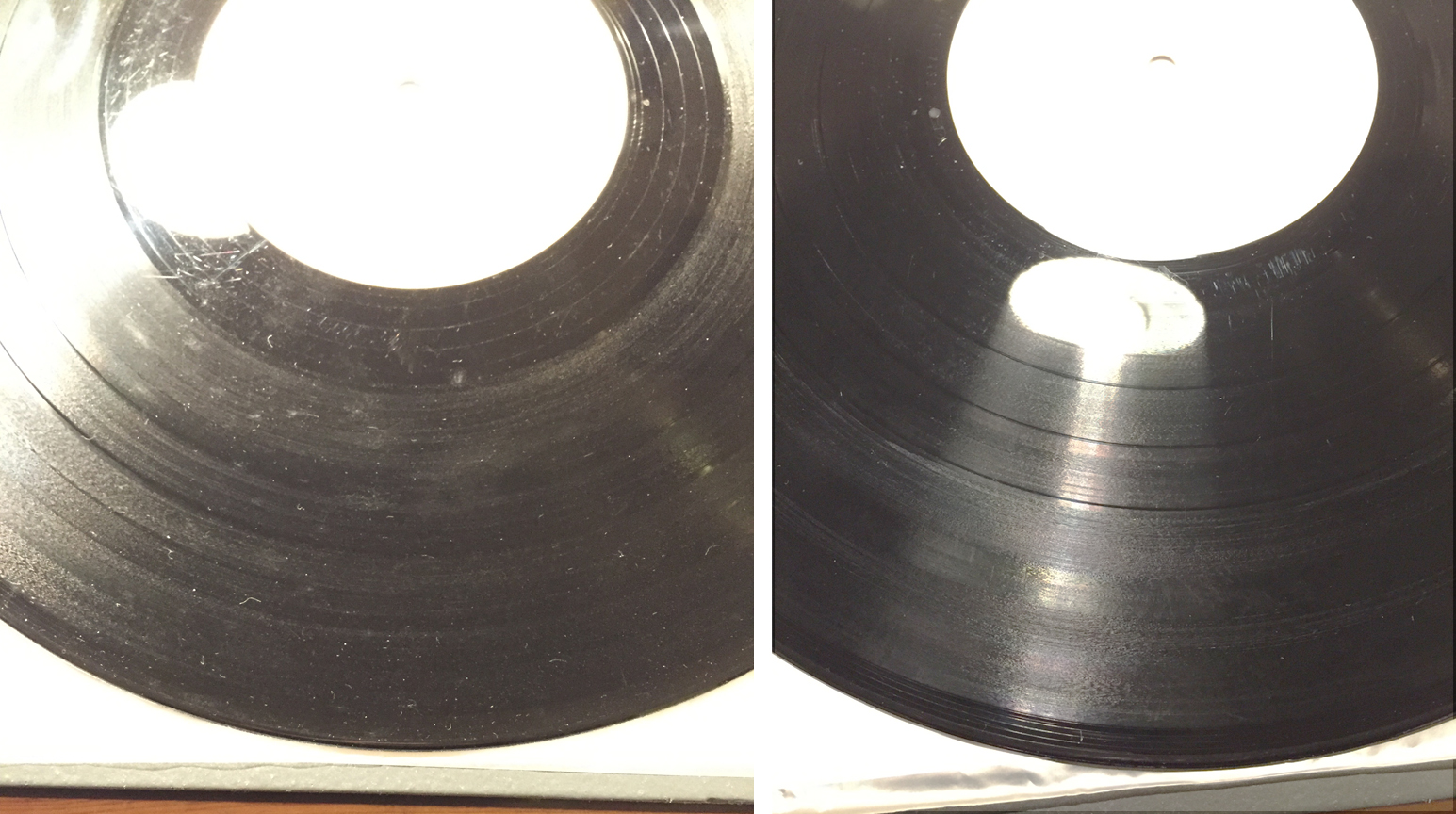
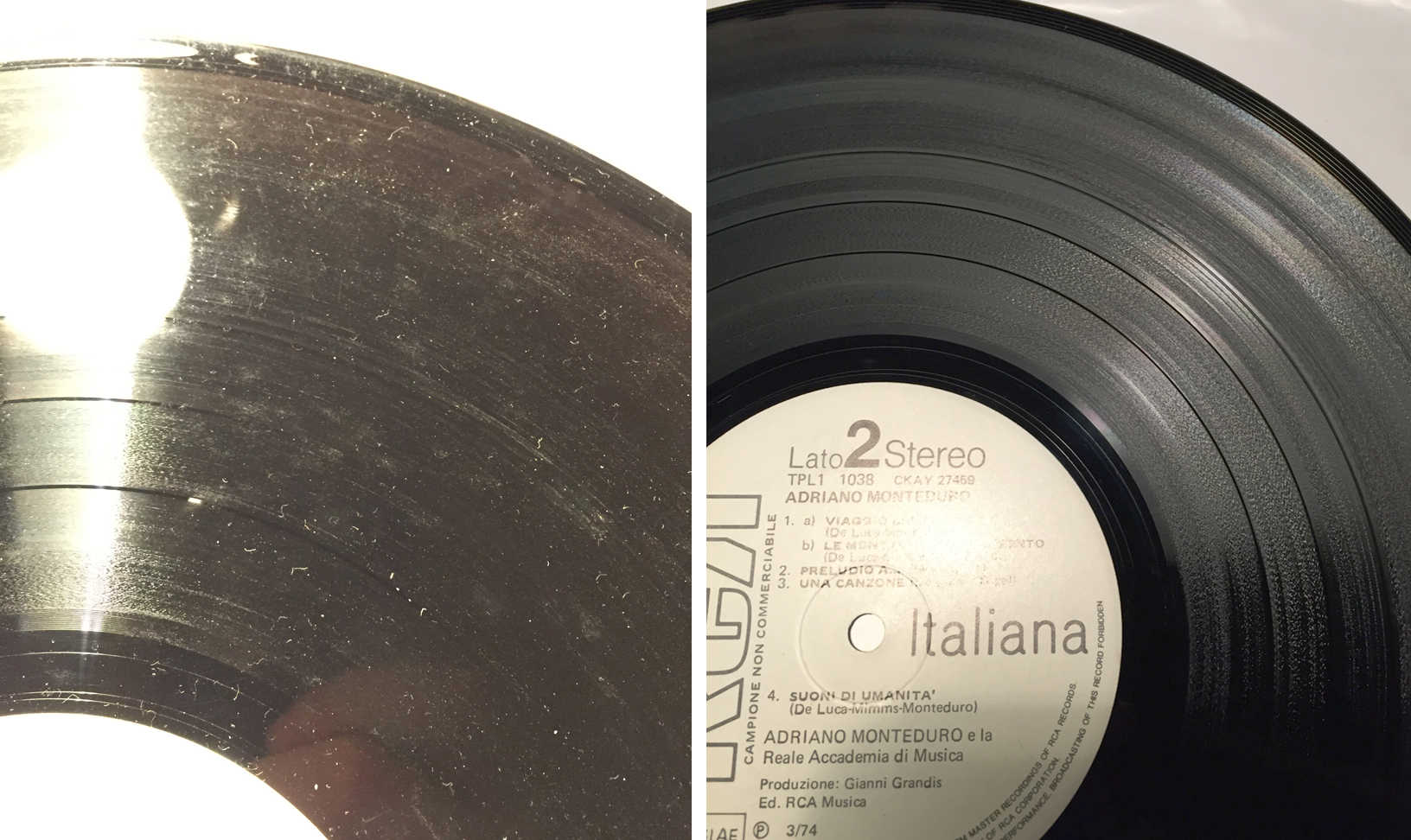
So it looks great, but how does it sound now that it has been fully cleaned?
“Man of man oh MAN! RADM sounds INCREDIBLE! I cannot believe how well you saved that album!”
Here is the needledrop of the cleaned record (absolutely no click removal or noise reduction of any kind was used):
Progressive rock, especially from Italy, was huge in Japan in the 80s and 90s. Many of the records were still new when imported, and Japanese collectors are generally well thought of when it comes to the care and handling of records. One thing not in their favor is that Japan does not have the best climate for storing things in cardboard; it is quite humid, especially in the spring and summer. I often see a lot of foxing and other humidity related issues on items from Japan, so I wasn’t too surprised to see the mold on this record. Luckily there was little physical damage to the record aside from a few hairlines and all that was required to bring out the full sonic potential of the record was a full VPI and Ultrasonic cleaning.
Many thanks to Jeff for letting me feature one of his prized records here.
*A quick note on the photos – they are intentionally overexposed to show the full details of the record under strong light.
